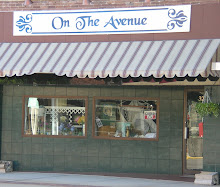Domed trunks, including the popular “camel back” trunks,were made in the late 19th and early 20th centuries. These wooden trunks were reinforced with metal and were often used for traveling on stagecoaches, boats, and trains.
Most of these trunks that were used for travel and storage were covered with canvas or decorated with sheet metal, which might have been embossed or stamped with decorative designs. They might be lined with wall paper and have a patent date stamped on the hinge. But keep in mind that the trunk could have been made several years after the patent date.
Most of these trunks that were used for travel and storage were covered with canvas or decorated with sheet metal, which might have been embossed or stamped with decorative designs. They might be lined with wall paper and have a patent date stamped on the hinge. But keep in mind that the trunk could have been made several years after the patent date.

Stop in to see our new “Touring” corner—complete with trunks, travel clothing, cameras, and other items needed for a proper 19th century vacation tour.











 In America, it originally denoted a sofa that was rather square looking with a high back and arms. The style, resembling a box in many ways, developed around the turn of the century. It's named for the A.H. Davenport Co. of Boston.
In America, it originally denoted a sofa that was rather square looking with a high back and arms. The style, resembling a box in many ways, developed around the turn of the century. It's named for the A.H. Davenport Co. of Boston.